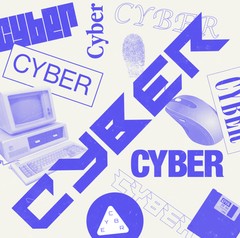Hacking. Disinformation. Surveillance. CYBER is Motherboard's podcast and reporting on the dark underbelly of the internet.
Advertisement
Advertisement
Sistrunk cautioned against blaming the victim, as "water utilities are struggling enough with aging infrastructure and clogged pipes as it is." He also pointed to a series of best practices published by the Water Information Sharing and Analysis Center (WaterISAC), a trade group that works with the U.S. Environmental Protection Agency, which explain a series of fundamental cybersecurity best practices that should be adopted inside critical infrastructure. "Is it normal/OK to use TeamViewer...? Yes it is normal. No it is not OK," Miller told Motherboard in an online chat. "Many of us in the industry have memes for when we find TeamViewer…"Do you know more about this hack? We’d love to hear from you. You can contact Lorenzo Franceschi-Bicchierai securely on Signal at +1 917 257 1382, OTR chat at lorenzofb@jabber.ccc.de, or email lorenzofb@vice.com


